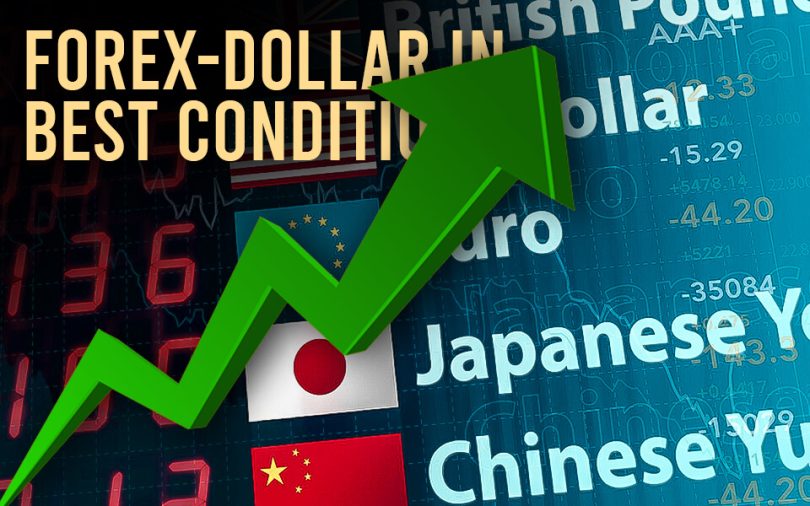On Friday, the dollar was in front for its best performance in seven years.
We have been in good condition because of the government’s aggressive monetary policy tightening and concerns about the global growth outlook.
The index, which measures the dollar bill against a load of currencies, has increased to more than 8% yearly, the most since 2015. It was last 0.05% lower at 103.93.
The Fed has increased by 425 basis points since March to reduce inflation. This strategy has kept the dollar in the bid for most of the year. Still, expectations that the central bank might not have to raise rates as high as feared have caused the greenback to stop worrying about its hectic rally. As a result, the index has fallen over 7% this quarter.
“I expect the king dollar to lose its crown and the dollar to make a more decisive turn by the middle of next year,” one of the prominent people in the bank of Singapore said.
On the flip side, in the face of the hawkish Fed, an ultra-dovish bank of japan has spelled pain for the Japanese yen. It has reduced more than 13% year to date, its worst performance since 2013.
The yen was last 0.3% higher at 132.62 per dollar.
The euro has risen by 0.01% to $1.0661 but is predicted to have a more than 6% fall this year.
The single currency reduced below parity against the dollar at the start of this year for the first time in almost twenty years.
People who make the policy from the European central bank and the England bank have mentioned that more rate hikes will take place the year later in a trial to control inflation at the risk of hurting their economies.
“The ECB and BoE being forced to tighten policy more aggressively amid stubborn cost-shocks are almost certain to tip Europe into a deep recession,” said the head of economics and strategy at Mizuho bank.
On the other side, Australia was heading for a 7% yearly slump and, at last, fell 0.2% to $0.6763.
Kiwi has fallen more than 7% year to date, which was the worst since 2015. Slipped by 0.24% to 0.6335$.
Both of them often used liquid proxies for the Chinese yuan.
This month, China’s zero covid policy has left healthcare scrambling to cope with the wave of infections and countries imposing curbs on travelers from china.
The yuan, which was last bought at 6.9745 per dollar, was headed for a 9% yearly decline With China dealing with heavy Covid restrictions.
- Published By Team Australia News








